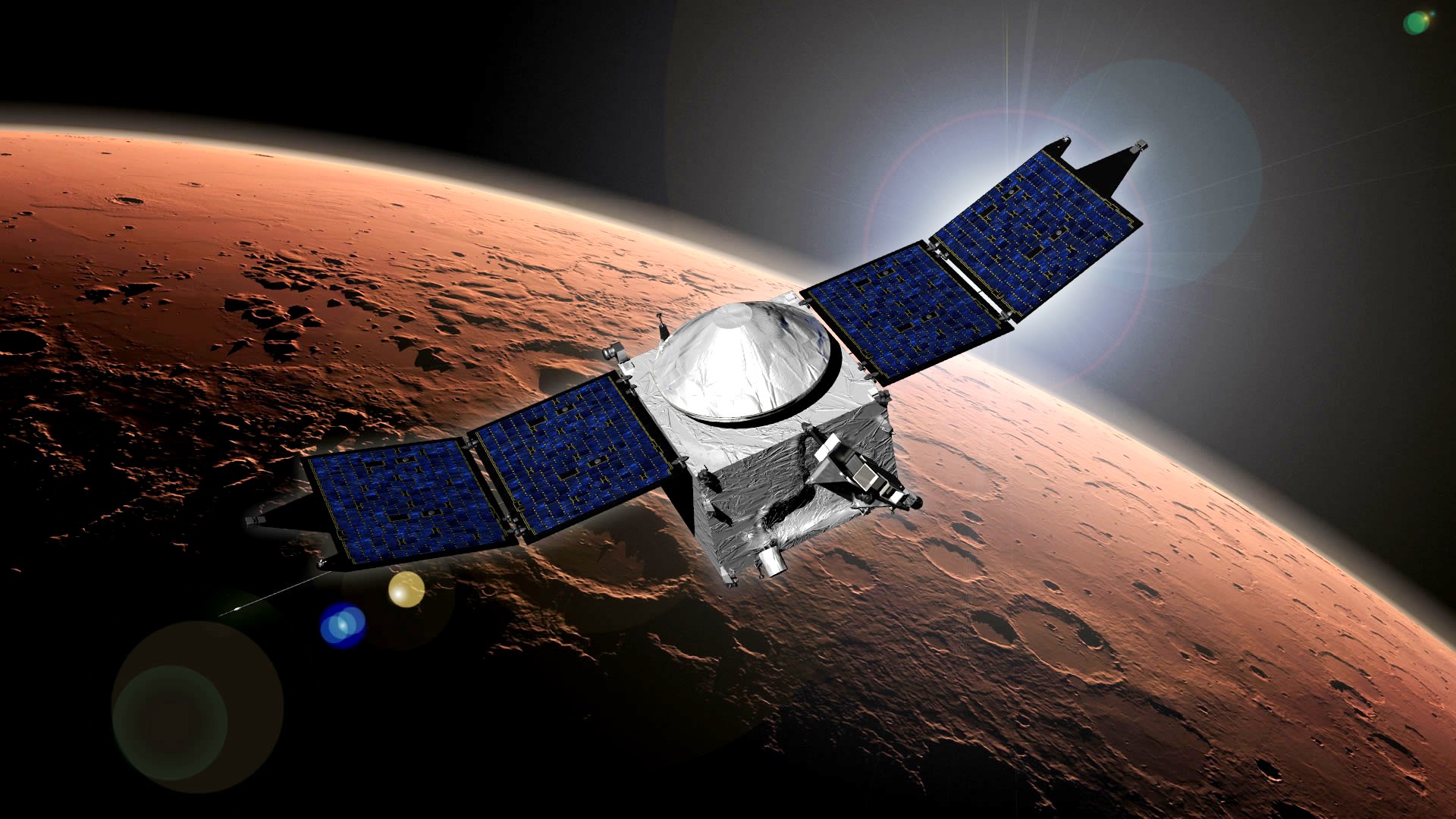NASA powers up Artemis 2 Orion spacecraft ahead of 2024 moon mission
The Orion spacecraft saw all systems run well in a key pre-launch test.

The next astronaut moon spacecraft felt the power this week.
The Orion spacecraft for Artemis 2, expected to circle the moon with four astronauts on board in 2024, successfully passed its first power-on test on Monday (Nov. 6). It will carry NASA's Reid Wiseman, Victor Glover, Christina Koch and the Canadian Space Agency's Jeremy Hansen, who are undergoing 18 months of training to get ready for the first human moon mission in 52 years.
Powering Orion on was a big moment for the team that meticulously joined the American-made crew module and European Service Module (ESM) for the spacecraft at NASA's Kennedy Space Center in mid-October, according to the European Space Agency (ESA).
"The power-on process is very quick," Dominique Siruguet, ESM assembly integration and verification engineer at ESA, said in a Nov. 6 statement. "It's not so different from connecting all the appliances in your apartment and then switching on the light to make sure it works," When the astronauts use the Orion next year, they will live in the crew module and receive power, water and other supplies from the ESM.
Related: Artemis 2 moon astronaut says crew is ready for ambitious 2024 mission
Orion is undergoing a series of checks to make sure it is ready to carry humans. It has flown twice in space already, during a round-the-Earth test in 2014 and on the Artemis 1 uncrewed moon mission of 2022.
What’s new with the crew?🧑🚀The @NASAArtemis II crew has hit the ground running with training at Johnson Space Center as they prepare to travel to lunar orbit. Soon, the four crew members will embark on a journey that will be the blueprint to take us further than ever before. pic.twitter.com/Ur9gBqG4YtNovember 8, 2023
More work on the Artemis 2 Orion will follow in the coming weeks. Another key milestone will be the one- or two-week "closed-loop mission" test that will put the spacecraft through the rigors of its expected mission: Pre-launch, launch on the Space Launch System, separation from the rocket, and then the flight around the moon and back to Earth.
Breaking space news, the latest updates on rocket launches, skywatching events and more!
To be sure, the spacecraft won't be physically tested for all these phases (as the Orion spacecraft has already been certified for them through decades of testing). Instead, technicians will "inject the parameters of the different mission phases into the service module and check that all navigation, propulsion and other subsystems are reacting correctly to maintain the mission course," Siruguet said.
Other tests include making sure the ESM can transfer power from the solar arrays to the crew module, doing redundancy testing, and performing a vacuum altitude chamber test for Orion. Meanwhile, the Artemis 2 rocket boosters are under assembly in a separate area of KSC, and the four crew members continue training on matters such as Earth orbit operations, medical work and (soon) a simulated recovery exercise with NASA and the U.S. Navy, officials with NASA wrote in an Oct. 19 statement.

Elizabeth Howell (she/her), Ph.D., was a staff writer in the spaceflight channel between 2022 and 2024 specializing in Canadian space news. She was contributing writer for Space.com for 10 years from 2012 to 2024. Elizabeth's reporting includes multiple exclusives with the White House, leading world coverage about a lost-and-found space tomato on the International Space Station, witnessing five human spaceflight launches on two continents, flying parabolic, working inside a spacesuit, and participating in a simulated Mars mission. Her latest book, "Why Am I Taller?" (ECW Press, 2022) is co-written with astronaut Dave Williams.
